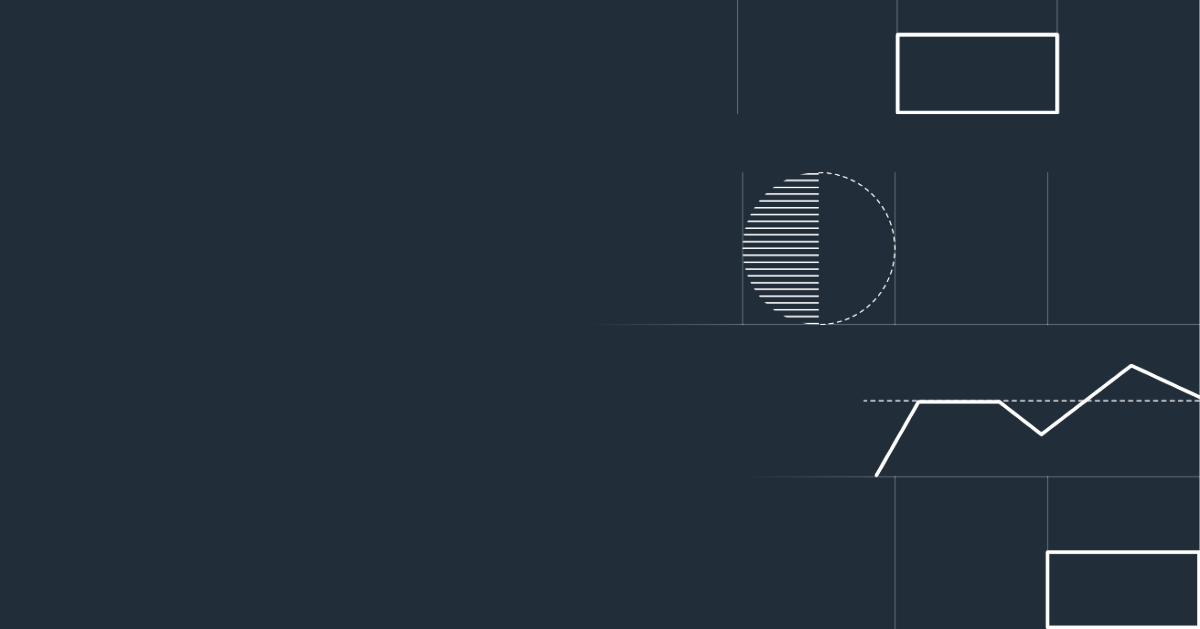The industry is currently witnessing the rise of edge computing, where local devices that capture and store data are becoming more and more ubiquitous.
For the uninitiated, edge computing optimises applications by taking a portion of itself having a modular composition. This means that parts of the application, such as a portion of data or services, can be found away from the centralised data centreor node, and are placed in another location that’s ideally closer to the users.
This location is the so-called "edge".
The need to improve application performance and real-time computing has driven the adoption of the edge. In fact, a report by F5 on the State of Application Strategy for 2021 states that there is now an overwhelming interest in the edge, with 76% of respondents already using or planning to use it.
"The edge - it's in my closet on the other side of this wall, it could be on my phone, could be on the devices that are operating my fish tank right now. More likely it's going to be in a retail shopping centre or under a cell tower – but it's going to be closer than a regional data centre." describes Lori Macvittie, Principal Technical Evangelist at F5 Networks.
With the potential to be located seemingly everywhere, the edge is now increasingly pushing out to where the users of applications would be.
The evolution of edge
Edge computing first came in the form of a Content Distribution Network, or CDN. F5 considers this as version 1.0 of edge computing. It’s focus was on "distributing the relatively static web content or web applications to get it closer to users to address the need for speed and redundancy".
"It evolved out of a need to deliver content. That’s why it's called a Content Distribution Network back when applications were a lot of JPEGs and some text. And that started to evolve around 10 or so years ago, as people realised there was both the capability and the need for certain types of application services to spread more out across the internet." she shares in an interview on the Coding Over Cocktails podcast.
But today, as we move towards the adoption of edge computing, we’re moving to concepts like application and data distribution, which MacVittie admits, requires a different model.
"[Edge] includes endpoints like devices and things that have never been included in the solution before. So, it's really changing how we deliver applications and content and data."
The change we’re seeing right now can be attributed to modern, container-based distributed applications. Application logic, which is found inside containers, can move to any appropriate compute location in order to optimise the user experience. Thus, applications in the edge paradigm are no longer seen as this "passive entity", but instead, play a more proactive role within the systems they operate.
The users of said applications have changed as well. Today, these users can be machines, automated services, or scripts which act on behalf of humans. Said users have evolved with more intelligent endpoints, being able to participate in the overall data analytic and application logic process to deliver better experiences to customers.
MacVittie adds how there are very distinct edge application patterns already emerging around the devices that we use, and that "almost all of them take advantage of the cloud."
"Somehow, whether it's just to manage configuration or it's actually controlling my device, I have a variety of devices that each interact with the cloud and themselves in different ways. So, I think there's a very specific set of patterns that we'll be able to apply that will depend on what kind of connectivity you expect to have, what kind of data you need and what kind of responsiveness you need with respect to that data." she explains, illustrating the edge application patterns that one may need to apply for their application’s use case.
Why use the edge?
As more and more organisations in all types of industries embrace the edge, MacVittie says how there can be more use-cases for edge in the future, expanding its reach far and wide across multiple industries.
"I attended an oil and gas automation conference. AI, ML, data, and the edge were all a significant part of all of these sessions, because if you have someplace remote that you can't get to, of course there's automation. But you also need to have more data and you also need to have something that's more responsive like, can it reboot things remotely and actually take action?" she shares.
Edge has allowed for these kinds of applications to get pushed closer to devices and equipment that need the data and information to be acted upon.
"These could be in the middle of the ocean – it takes you a few days to get there from right here. So, sending a person out, being on call for that is probably not your ideal job. Nobody told you that would be necessary. So, those kinds of applications are already in use at the edge." she describes.
MacVittie also mentions edge computing’s role in home automation.
"A Phillips Hue light bulb can be connected to my app, right? I can pick up my phone and I can control that light bulb. Now you have the bridges that can actually connect more multiple lights and multiple rooms and start controlling them that way. And it can actually talk to the Phillips Cloud and be able to bring down special kinds of lighting configurations for holidays. So, I don't have to do it."
Because of this, MacVittie believes that the edge has spurred on more and more businesses to capitalise on the advantages it brings, and that, in the future, we would be able to run more applications where they are needed. She adds how the capability to do it at the edge will drive development for new use-cases and industries, because users can trust how it can be fast enough to handle good connectivity locally.
"Why does the retail store need to have constant connectivity with corporate headquarters, wherever that is? And why is it when that connection is lost, I can't get my groceries? I don't like this situation. Why don't you have a more local version of whatever application you need? And it can synchronise with corporate at different times, but make sure that everyone local can actually buy their groceries." MacVittie describes.
If things are on the edge, can they be secure?
In the same State of the Application Strategy report, it is said that the rise of the edge "enables new services and better performance by placing applications as close as possible to the sources and users of data". It goes on further to say that it can "improve security by reducing use of vulnerable web interfaces".
MacVittie then stresses how security is as only as good as the practices you apply.
"If your security practices are good now, then as you go to the edge, they're going to be good. If they're not so good, well, you can see they're not going to be so good no matter where you are. So, a big chunk of this depends on security practices and no matter how good the solution is, you can't force someone to adopt those security practices." she says.
She adds that, after seeing so many cloud misconfigurations of S3 buckets causing so many breaches, we can easily surmise that the problem doesn’t necessarily lie on cloud or cloud security – it could be more of a "people, process, and practices" problem.
"So, could [edge] add improved security? Yes. We'll have to wait and see. We also don't know yet necessarily what new challenges edge will bring. There's a lot of chatter about being able to do more P2P. So, more peer-to-peer applications and uses on the edge, if we're all on the edge and we can all run apps, we can all be peer-to-peer or sharing." MacVittie explains.
You can catch more of this conversation by listening to the Coding Over Cocktails podcast featuring Lori MacVittie on major podcast platforms.
This podcast series tackles issues faced by enterprises as they manage the process of digital transformation, application integration, low-code application development, data management, and business process automation. It’s available for streaming in most major podcast platforms, including Spotify, Apple, Google Podcasts, SoundCloud, and Stitcher.
 is now
is now


